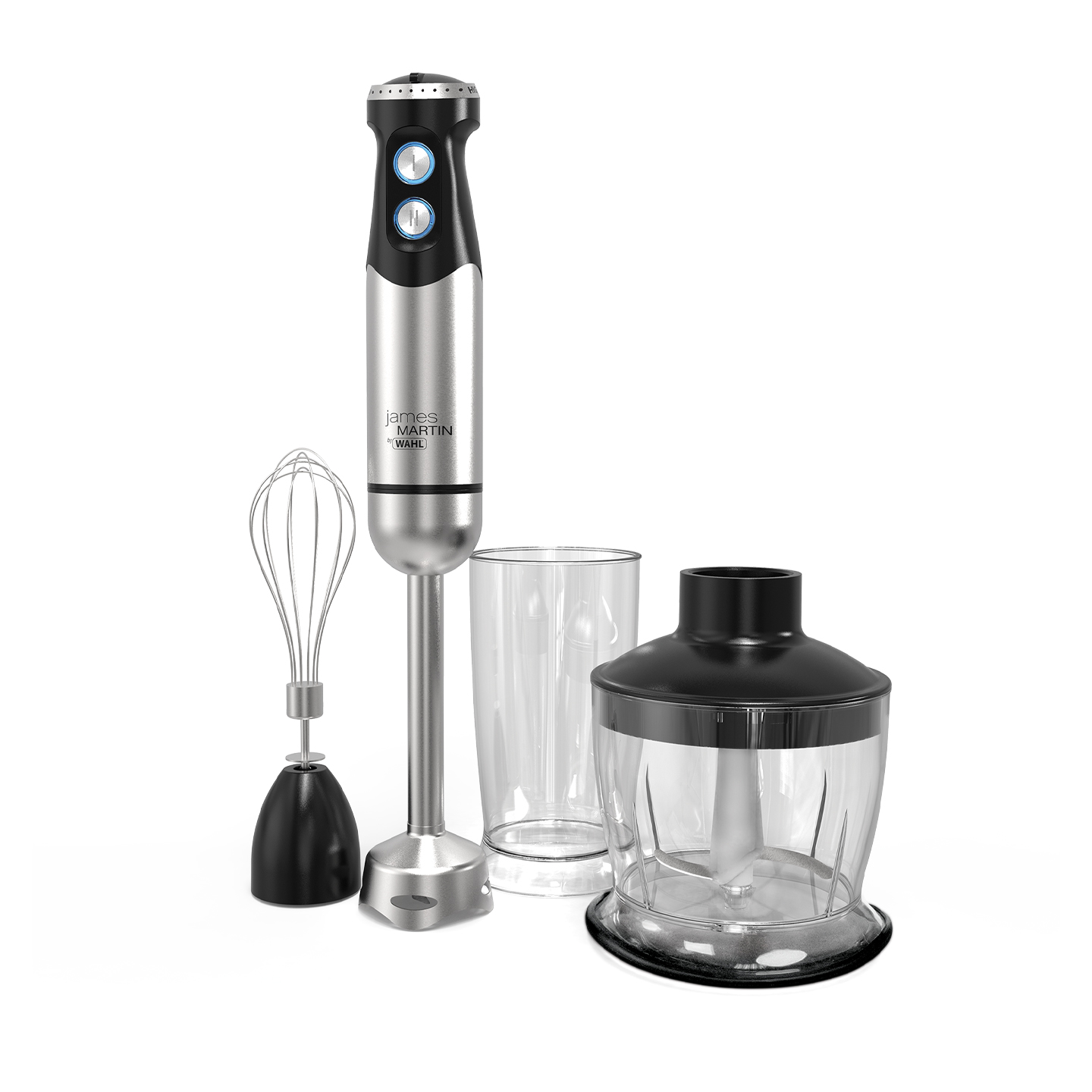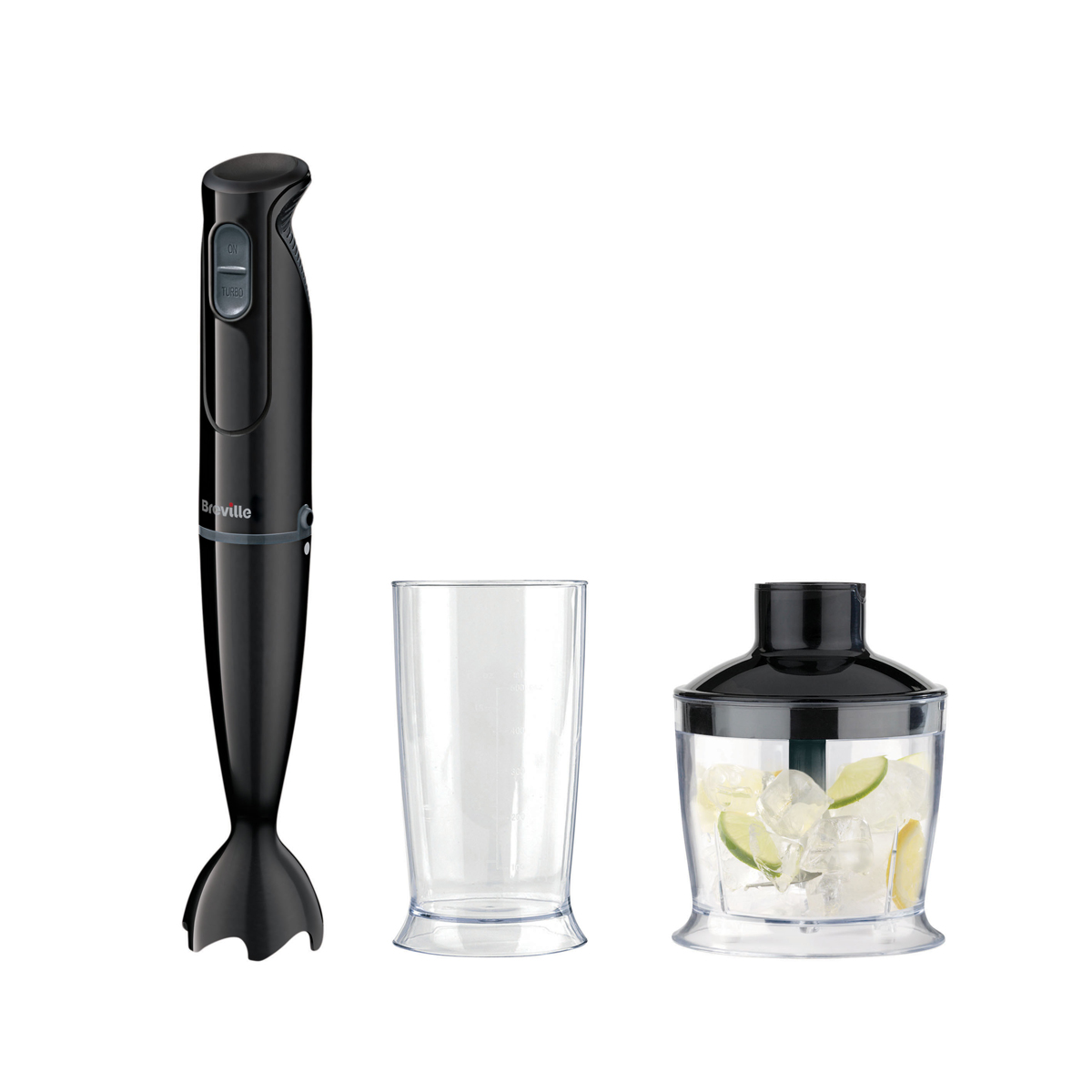

That's especially the case if you're paying a premium for the added attachments. While we were taken by some multi-taskers, there is no point in buying an immersion blender with a mini blender or masher attachment if you don't plan on using it. How do I choose a good immersion blender?įinding the best immersion blender is all about knowing what you need to use it for. We also took into account how easy the products were to clean, and how it felt to use them. Some came out like a smooth sauce and others like a roughly chopped dip, which could be good or bad depending on what you plan on cooking. When an immersion blender came with a mini chopper, we used that to make a pesto. Whisks were tested with egg whites, seeing how long it would take for the whisk to create stiff peaks of an equal amount of egg white in each test. Not all immersion blenders come with added attachments, but we tested those that did.

We cooked up a big batch, divided it between all of the blenders, and ran them for the same amount of time before doing a blind taste-test to see which was the smoothest. Peas come with small but noticeable skins, and mint can be quite a harsh herb to blend, so we felt that we would be able to taste the difference in power and effectiveness with this recipe. There was a lot of discussion about which soup would be best suited to seeing how capable an immersion blender is, and we settled on a humble English pea and mint soup. We tested them! At Homes & Gardens, we put a lot of thought into how we test, and for our best immersion blender guide we decided to bring all of our candidates into our testing facility and compare them side-by-side. In testing our one gripe was the safety lock, which certainly keeps the immersion blender a lot safer, but needs to be re-activated even if you momentarily take your finger off the trigger. The freedom of cordless immersion blenders is something you'll never realise you needed, but it means you can move around your entire kitchen and even blend your soups directly in the pot you cooked them in, with far easier cleaning after, too. The 30oz blending cup is large enough to make a morning smoothie, and it has a 20-minute runtime with only 2 hours of charging time. It's surprisingly well priced given its premium looks and powerful lithium ion motor. When we used it to make soup the blender didn't give us the smoothest consistency overall, but it handled a variety of ingredients very well and was one of the fastest to reach stiff peaks when we used the whisk attachment on egg whites. Domestic models may be supplied with a goblet or other accessories.Pick up the Cuisinart EvolutionX Cordless Rechargeable Hand Blender if you want a cordless hand blender that doesn't cost the earth.


Motor power rating ranges from about 120 W to over 600 W for a heavy-duty model. Home models are available in corded or cordless versions. Models for home and light commercial use typically have an immersible shaft length of about 16 centimetres (6.3 in), but heavy-duty commercial models are available with a shaft up to 53 centimetres (21 in) or more. Immersion blenders are distinguished from worktop blenders and food processors that require food to be placed in a special vessel for processing, and from hand mixers, which mix but do not chop. Some blenders can be used in a pan while on the stove. The shaft with blades is often detachable to facilitate cleaning, and there may be multiple different attachments available. Uses include puréeing soups and emulsifying sauces.Īn immersion blender comprises an electric motor driving rotating cutting blades at the end of a shaft which can be immersed in the food being blended, inside a housing which can be held by hand. Larger immersion blenders for commercial use are sometimes nicknamed boat motors (popularized by Emeril Lagasse and Alton Brown). He called the new appliance " bamix", a portmanteau of the French "battre et mixer" (beat and mix). The immersion blender was invented in Switzerland by Roger Perrinjaquet, who patented the idea on March 6, 1950. An immersion blender, also known as a stick blender, mini blender, hand blender, or wand blender, is a kitchen blade grinder used to blend ingredients or purée food in the container in which they are being prepared.


 0 kommentar(er)
0 kommentar(er)
